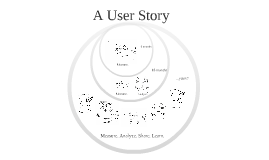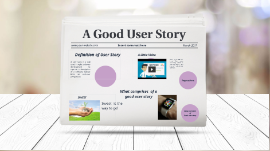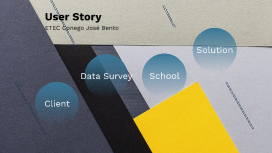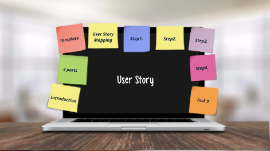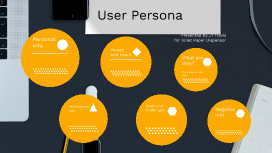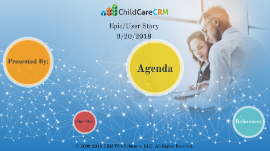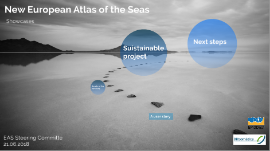User Presentation
Transcript: User Persona Presented by JT Travis Toilet Paper Dispensor Personal Info A1 Age: 25-80 years old Gender: All genders Marital Status: N/A Location: Anywhere! Income: Middle/Upper Class Education: N/A Professional Info Professional Info Job Title: N/A Company/Industry: Hotels, Hospitals, Schools, Arenas, high traffic bathroom facilities. Company Size: Large What tools: Ability to use basic tools Are they successful: Not important to own this product Do they manage others: Not important to own this product, although this is important for some of the target audience. Values and Fears Values and Fears What do they value: Sustainability and affordability What is important to our customer: Having the opportunity to save on money while also saving the environment we live in. This product is also an innovative solution to human waste. What objections might they have: Our customers may be concerned with the failure of the technology in something that is manual and normally has no errors. What drives there decision making process: Our customers tend to buy our product knowing the goal of sustainability is the goal of this product. Goals and Challenges Goals and Challenges What are there personal/career goals: Three major areas of goals are customers are looking to satisfy is efficiency, hygiene, and customer satisfaction. How do they prioritize these goals: The priority of these goals may vary depending on the specific needs and preferences of the customer. For example, maintaining hygiene and customer satisfaction may be higher priorities for a customer in a restaurant or hotel setting, while efficiency and cost-effectiveness may be higher priorities for a customer in a commercial or industrial setting What challenges impact these goals: Stock management, maintenance/repairs, and budget constraints How could you help: We can offer many different promotions and deals to help make a more efficient purchase. What questions typically come up: How often should I check and refill the toilet paper dispenser? How can I troubleshoot a paper jam or dispenser malfunction? What are some budget-friendly options for toilet paper dispensers? What are they? The code for the topic. What are they? How do they get information: Online research, manufacturer or supplier websites, and industry publications. How do they communicate: Email or online inquiries, phone calls, in-person communication. What media do they consume: Any social media may market the toilet paper dispenser at any time! Do they belong to any associations: Possibly, facility management, janitorial services, or hygiene. Do they have relevant hobbies: The relevance of hobbies may vary depending on the specific customer and their interests. However, customers who are involved in facility management, janitorial services, or hygiene-related roles may have hobbies or interests related to interior design, cleaning and maintenance, sustainability, or technology, which could be relevant to their use and selection of toilet paper dispensers. Negative Info Negative Info Are there consumers you don’t want: We want those who care about the environment, innovation, and saving money. Too difficult: Customers who have unique or complex requirements, or who may require extensive customization, installation, or maintenance of the toilet paper dispenser may be more challenging to serve or support. Too expensive to support: Customers who require significant ongoing support, customer service, or maintenance for the toilet paper dispenser, but do not generate enough revenue or profit margins to justify the costs of servicing them, may not be a cost-effective target audience. Not enough budget: Customers who may not have sufficient budget or spending power to afford the toilet paper dispenser or its associated costs, such as installation, consumables, or ongoing maintenance, may not be a viable target audience. Wrong industry: Customers who do not belong to the industry or market segment that the toilet paper dispenser idea is targeting may not be relevant for the product.






